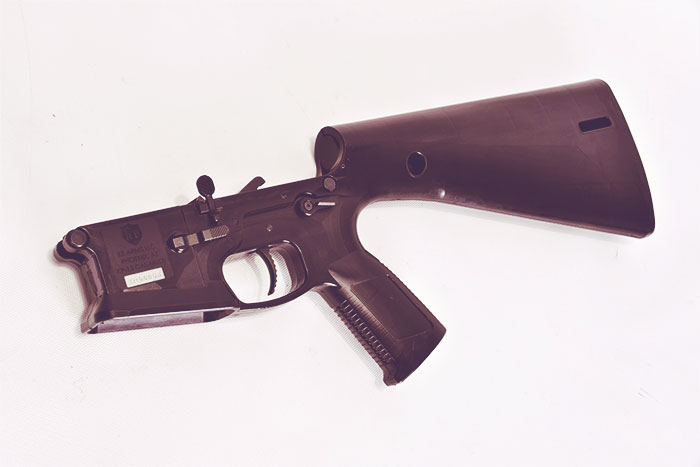There are a lot of opinions out there about polymer lower receivers. Some people love them, some people hate them. I think the truth lies somewhere in between.
Polymer lower receivers have some definite advantages over their aluminum counterparts. For one thing, they’re incredibly lightweight. This makes them ideal for building lighter-weight AR-15s, which can be a big advantage when you’re carrying your rifle around all day long.
They’re also very corrosion resistant, which is a big plus if you live in a humid climate or if you like to take your AR-15 out in the rain. And because they’re so easy to manufacture, they tend to be very affordable – often much cheaper than aluminum lowers.
On the downside, polymer lower receivers can be a bit more fragile than aluminum. They’re also not quite as rigid, which can impact accuracy if you’re shooting long-range. And because they’re relatively new to the market, there aren’t as many aftermarket parts and accessories available for them yet.
So, which is the right choice for you? It depends on your needs and preferences. If you want a lightweight, an affordable lower receiver that’s easy to find parts and accessories for, then an aluminum lower might be the way to go. But if you’re looking for maximum corrosion resistance or you’re building a budget AR-15, then a polymer lower could be the better choice.
No matter which type of lower receiver you choose, make sure you do your homework and buy from a reputable manufacturer. And always follow the installation instructions to the letter to ensure that your AR-15 is built correctly and safely.

